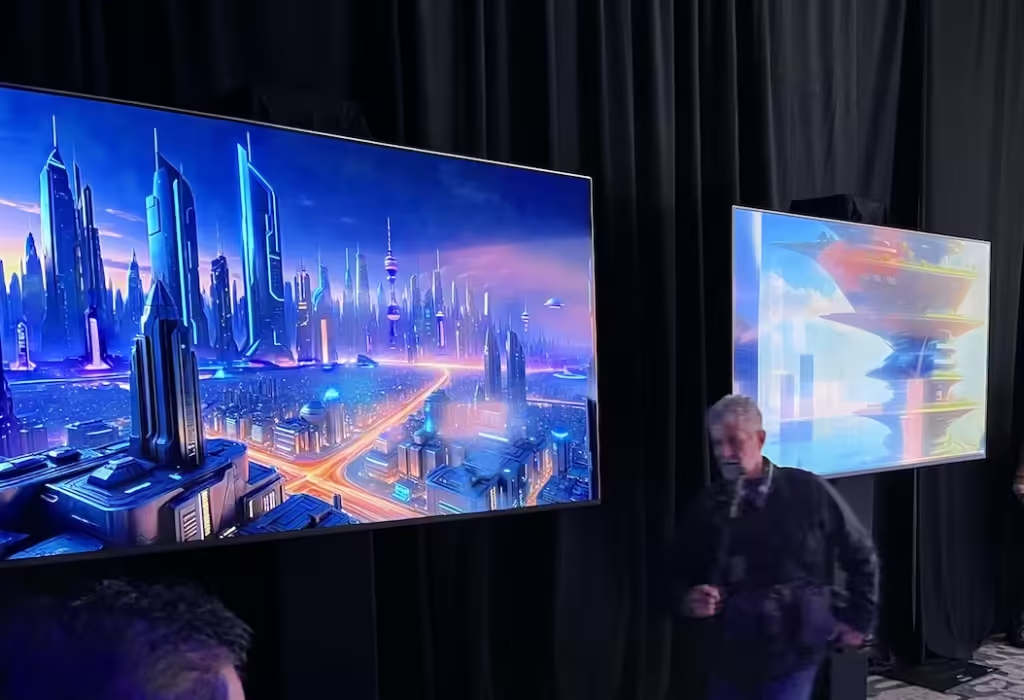YII 2024 | Bentley Systems’ new carbon analysis capabilities help reduce infrastructure’s carbon footprint
Bentley makes carbon impact analysis a systematic part of the design process for new and existing infrastructure assets, simplifies embodied carbon reporting with added 3D visualizations.

Source: TechSabado file photo
Bentley Systems has announced the general availability of new Carbon Analysis capabilities within its iTwin Experience platform, aimed at helping infrastructure engineers assess and reduce embodied carbon in infrastructure projects. These capabilities make it easier to visualize carbon impacts, automate carbon reporting, and explore alternative, more sustainable design options.
What is Embodied Carbon?
Embodied carbon refers to the total greenhouse gas emissions produced during the lifecycle of an asset before its use, particularly focusing on construction. This includes emissions from raw material extraction through the manufacturing process until the product leaves the factory—known as a “cradle-to-gate” assessment.
Given that embodied carbon is projected to account for nearly half of the world’s carbon footprint by 2050, there’s a growing urgency to reduce its impact. This is especially true in the infrastructure sector, where construction processes contribute significantly to global emissions. The integration of carbon-efficient materials and sustainable design choices is seen as a key strategy for decarbonization.
Key features of Bentley’s Carbon Analysis Capabilities:
Automated Material Quantification: The platform ingests and organizes data from various sources (Bentley and others) into a unified digital twin. It automatically calculates material volumes and quantities needed for the project, streamlining the process and eliminating reliance on outdated data or estimations.
Easy Reporting: With one click, users can generate accurate carbon reports by linking the project’s data with the chosen carbon assessment tool. The system dynamically updates carbon impacts as design changes occur, simplifying the reporting process and making it more efficient.
In-Content 3D Visualizations: The system generates heat maps that show the embodied carbon output within the 3D model of the digital twin. This visualization helps engineers explore design alternatives and sustainable materials in real-time, ensuring better decisions throughout the project lifecycle.
Addressing traditional carbon reporting challenges:
Traditionally, carbon reporting has been a time-consuming and costly process. It required gathering siloed data, manually translating it into carbon metrics, and then preparing final reports—especially challenging for large infrastructure projects. Bentley’s Carbon Analysis capabilities simplify this process by automating data collection and integration, allowing for dynamic and easy-to-update carbon reports.
Industry reception:
Companies like WSP, a leader in sustainability consulting, have been using Bentley’s Carbon Analysis tools through an Early Access Program. Kelvin Saldanha of WSP praised the new capabilities, highlighting how the platform has provided better transparency and reduced the feedback loop for carbon analysis from months or weeks to days, making the process more transparent and efficient.
Overall, Bentley’s new capabilities support the infrastructure industry’s shift towards sustainability by embedding carbon assessments directly into the design process, enabling faster, more informed decisions that align with global decarbonization goals.
WATCH: TECHSABADO and ‘TODAY IS TUESDAY’ LIVESTREAM on YOUTUBE
WATCH OUR OTHER YOUTUBE CHANNELS:
PLEASE LIKE our FACEBOOK PAGE and SUBSCRIBE to OUR YOUTUBE CHANNEL.
autoceremony >> experimental sound, synths, retro tech, shortwave
RACKET MUSIC GROUP >> alternative manila
Burning Chrome >>RC, die-cast cars, vintage anime, plus other collectibles
Zero Interrupt >>Vintage gadgets, gear and gizmos, plus some new one too!
PLEASE LIKE our FACEBOOK PAGE and SUBSCRIBE to OUR YOUTUBE CHANNEL.



